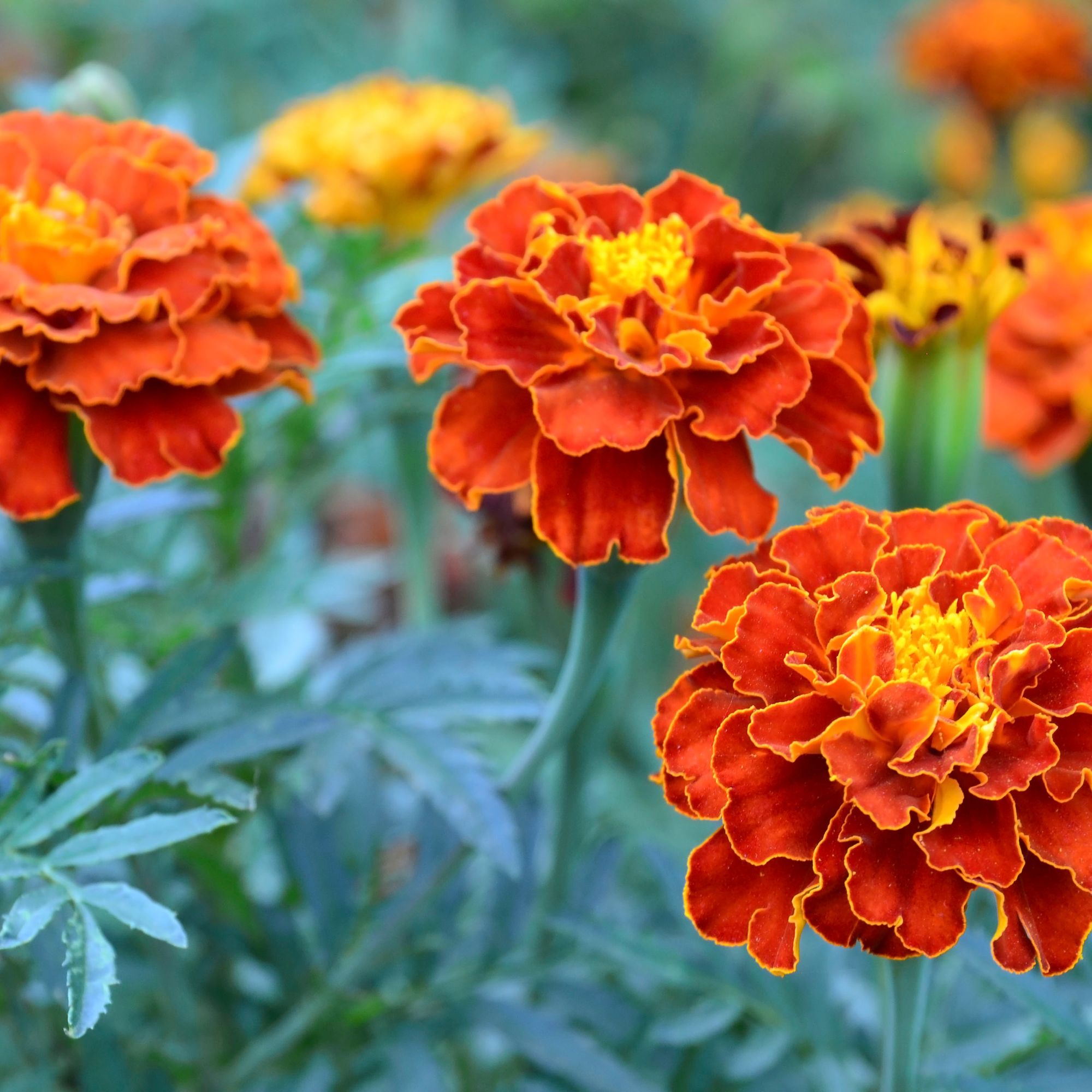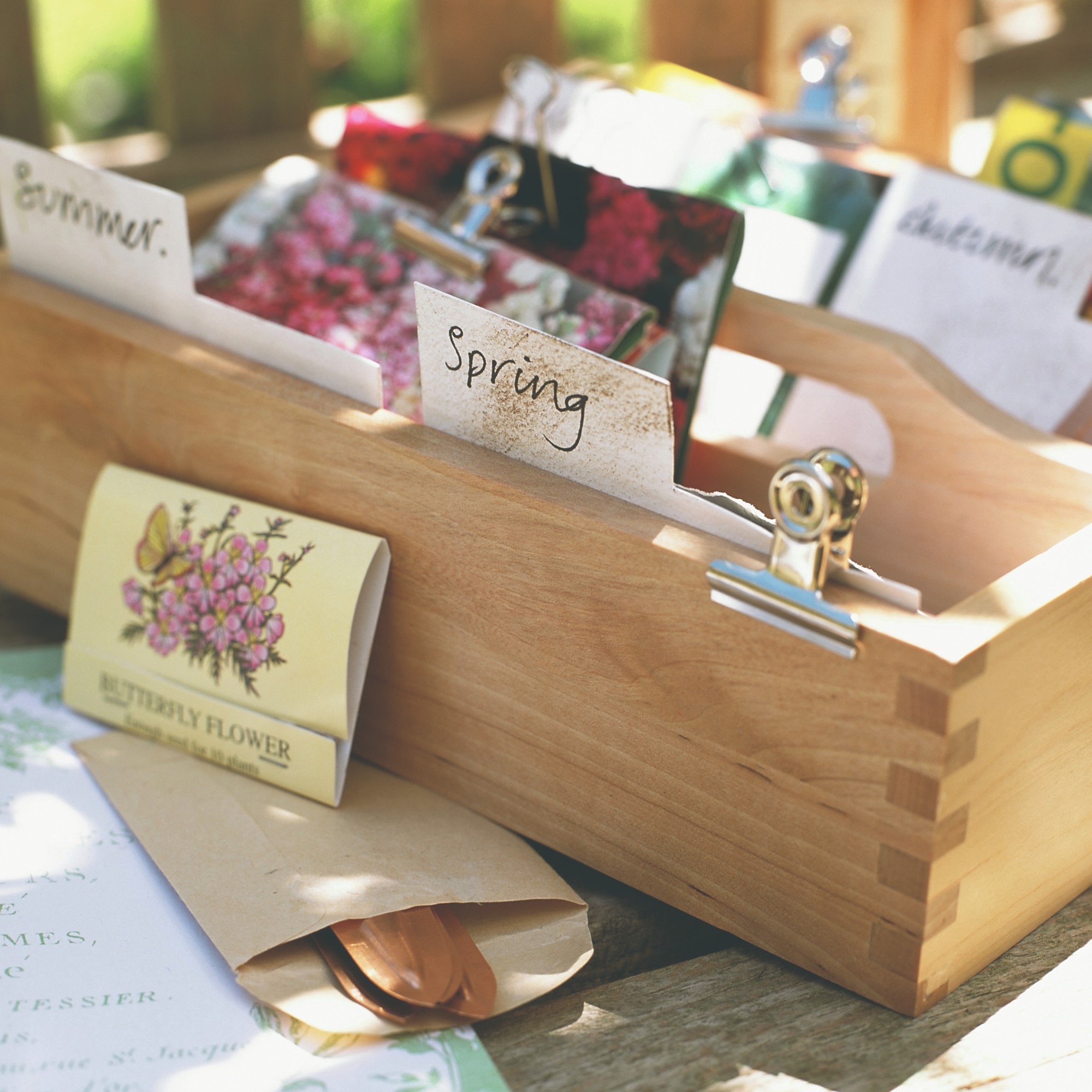
With their bright yellow and orange flowerheads, marigolds truly shine when they’re in bloom. But what do you do when they start to look a little worse for wear? Should you deadhead marigolds?
Of course, you probably don’t need us to tell you just how wonderful marigolds are. As well as being some of the best flowers for raised garden beds, marigolds are also a popular choice for companion planting ideas. And while they’re also relatively easy to grow, some confusion arises when the once beautiful blooms turn brown and crispy.
Naturally, your first instinct may be to deadhead marigolds. And while there’s nothing technically wrong with that, I asked the experts whether you should deadhead marigolds or not. Turns out, you actually have a choice…

Why you should deadhead marigolds
Whether you’ve planted them in your garden borders, raised beds, or even as part of your container garden, marigolds look their best during the summer months. By the time early autumn comes around, however, the flowerheads start to fade.
When that happens, you may feel inclined to remove the spent flowerheads as soon as possible. And this can be a very good idea. After all, leaving the spent flowerheads on your plants will waste precious energy on producing seeds that will ultimately affect the plant's health and prevent further blooming.
Most importantly, deadheading your marigolds will allow your plant to focus its energy on improving the health of the plant - and this may even encourage a second bloom. This is pretty easy, too.

Tony Williams, Estates Manager at Mount Ephraim Gardens, says, ‘You can of course snip away spent flowers using a pair of sharp scissors or secateurs, but pinching the bud between thumb and forefinger for that satisfying popping sound is no doubt the most favoured method of all gardeners. You’ll know when to remove your spent blooms once their vibrant colours have faded.’
When you’ve finished, Morris Hankinson, Director of Hopes Grove Nurseries, advises, ‘Put the flowers in the compost bin,’ as this will prevent the spread of disease.
However, that doesn’t mean that you have to deadhead marigolds. In fact, choosing not to deadhead them could work in your favour.
Why you shouldn’t deadhead marigolds

You may feel like you’re making a deadheading mistake by not deadheading your marigolds, but many plants can benefit from being left alone - especially if you’re wondering whether you should deadhead agapanthus or deadhead alliums.
While not common practice, not deadheading marigolds and allowing them to go to seed means you can collect the seeds to add even more marigolds to your garden.
And as marigolds are typically treated as annuals, you don’t have the pleasure of seeing them return each year. This means you need to shell out your hard-earned money to buy new plants - something you could avoid by letting your plants go to seed and collecting them for planting next year.
Collecting marigold seeds is incredibly easy, and all you have to do is resist the urge to deadhead your plants. Morris says, ‘If you would like to collect seeds to sow for the following year, simply leave some of the faded flowers on the plant and let them dry out a little.’

Tony then adds, ‘Simply wait for the blooms to turn dry and remove using the same pinching technique. Seeds are best collected in an envelope and stored in a cool, dry place until the following spring.’ Alternatively, you could store them in an airtight jar to prevent mould growth.
Then, you’ll be able to plant marigolds for free next year. And Tony adds, ‘You may choose to start them off in seed trays but I’ve found seeding freely after the last frost is just as effective.’
Of course, you could also strike a balance between the two options. If you want to encourage a second flush of bloom while also making the most of free seeds, you could deadhead most of your marigolds and then leave a few to go to seed. Ideally, you should aim to deadhead 90% of the spent blooms.
What you'll need
If you want to deadhead your marigolds, just make sure that you have some clean snippers to help you out. You might not necessarily need them, but they're good to have in the shed.
If you're going to store your marigold seeds, make sure you do so either in an envelope or an airtight container. These Kilner jars are extremely affordable, too.
No matter whether you're deadheading your marigolds or not, it's always worth having a pair of gardening gloves to hand.
FAQs
How do you keep marigolds blooming all summer?
If you want to get the most out of your marigolds, you should aim to feed them regularly throughout the blooming period. Ideally, you should opt for a high-potash fertiliser in liquid form so the plant can absorb it more readily.
Deadheading can also encourage and prolong blooming all summer, and you should aim to do this at least once a week. If you want to grow more marigolds for free next year, though, you may also want to leave some of the spent flowerheads to go to seed.
Do marigolds come back every year?
The large majority of marigolds are annuals, which means that there’s a high chance that they won’t come back next year and you’ll need to plant more. However, you can let your marigolds go to seed and collect them for planting if you want to.
Alongside this, marigolds are known to self-seed every so often, so it may be that they do come back of their own accord anyway.
So, now you have a choice to make. Will you be deadheading your marigolds? Or will you leave them alone?







